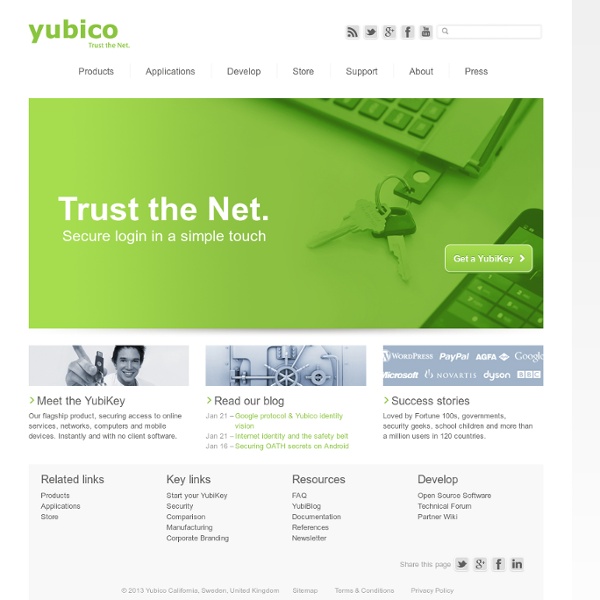



Install the Classic Desktop in Ubuntu 11.10 Ubuntu 11.10 will not include the classic GNOME desktop which is available alongside Unity in Ubuntu 11.04. Instead, Unity 2D will be installed to provide the Unity desktop even on systems without 3D graphics capabilities. Fortunately for fans of the old desktop, it will still be available to install from the repositories. Install the classic GNOME desktop by installing the gnome-panel package.sudo apt-get install gnome-panel Before you log in, click the gear icon and select GNOME Classic. If you have problems with the theme being messed up and gnome-settings-daemon crashing, make sure you have installed any available updates. There are a few differences between this desktop and the one in previous versions of Ubuntu. Thanks to Jeremy Bicha for posting about this on Planet Ubuntu and bringing it to my attention.
The High Line Section 2 opens Landscape architects James Corner Field Operations, architects Diller Scofidio + Renfro and planting designer Piet Oudolf have completed Section 2 of the High Line, a 1.5 mile-long elevated park on an abandoned railway in New York. The project spans 22 blocks through the west side of Manhattan and is split into three equal stages, with Section 2 bringing the completed length up to one mile. Unlike Section one, which was completed in 2009, this second phase includes a stretch of lawn. A new platform elevated 2.5 metres above the main High Line overlooks a canopy of trees and plants below. Photographs are by Iwan Baan, apart from where otherwise stated. See our earlier story on Section 1 of the High Line » More projects by Diller Scofidio + Renfro on Dezeen » More landscape architecture on Dezeen » The following information is from Diller Scofidio + Renfro: The High Line (Phase II) Public Park: New York, NY 2011 Above photograph is by Barry Munger.
Best Road Bikes Under £1,000 By Cycling Plus | Wednesday, April 24, 2013 8.46am Whether you're looking for your first road bike or planning to upgrade on a tight budget, here are the best bikes for you. The good news is that finding a brilliant entry level road bike that will set you back less than £1,000 is a lot easier than you might think. At this price the frame will most likely be aluminium – carbon fibre or steel are available but pretty rare – but seeing as until surprisingly recently this was the material the bikes used by professional racers was made of, it’s more than up to the job. Most of our recommended bikes come with a carbon fork, which helps to keep the weight down and, perhaps more importantly, increases comfort on long rides. There are hundreds of models to choose from so we’ve selected the road bikes that we feel offer the best value, the best kit and the best frames, and ridden them for hundreds of miles. Last update: 24 April, 2013 Scott Speedster 20 Trek Domane 2.0 Mekk A1 Pinerolo AL 1.0
Open Source (Almost) Everything When Chris and I first started working on GitHub in late 2007, we split the work into two parts. Chris worked on the Rails app and I worked on Grit, the first ever Git bindings for Ruby. After six months of development, Grit had become complete enough to power GitHub during our public launch of the site and we were faced with an interesting question: Should we open source Grit or keep it proprietary? Keeping it private would provide a higher hurdle for competing Ruby-based Git hosting sites, giving us an advantage. Open sourcing it would mean thousands of people worldwide could use it to build interesting Git tools, creating an even more vibrant Git ecosystem. After a small amount of debate we decided to open source Grit. Why is it awesome to open source (almost) everything? If you do it right, open sourcing code is great advertising for you and your company. Smart people like to hang out with other smart people. Lastly, it’s the right thing to do. Ok, then what shouldn’t I open source?